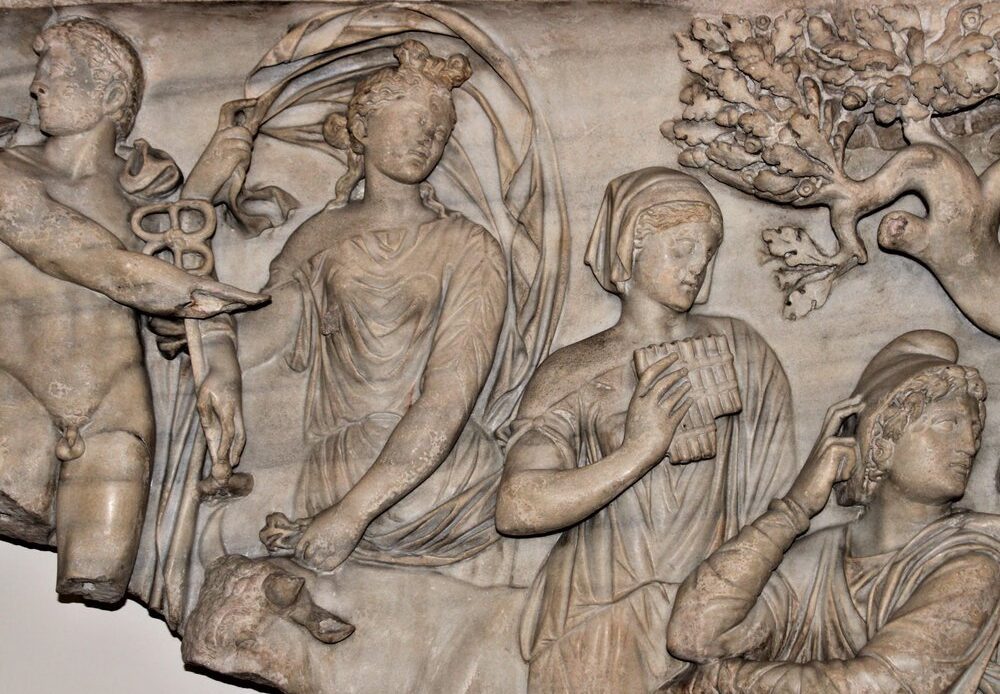Pietas affiliate groups have built temples across Italy.
Amy Bizzarri
It’s not every day that I’m faced with the chance to step back in time.
I’ve long been fascinated with ancient Rome. A child of the ’80s, I was the little girl glued to the television every Saturday morning, eagerly awaiting the next episode of the time travel series par excellence, Voyagers! In episode six, a personal favorite, Phineas Bogg traveled to ancient Rome to meet Cleopatra on the Ides of March, only to accidentally teleport her to 1927 New York, where she falls onto the arm of Lucky Luciano. Twelve-year-old me dreamed of being able to don a long, elegant toga, an owl perched upon my shoulder a la Minerva, the ancient Roman goddess of wisdom, and wander the Forum.
In the ‘90s, I lived in Rome as a study abroad student, and today I’m an Italian language instructor based in Chicago; I return every other summer to brush up on my Italian and my dolce vita skills. So when I was invited to celebrate the summer solstice at a temple dedicated to Apollo with Association Pietas, a group of modern-day Romans dedicated to reviving the ancient religion of the Eternal City, I said yes in a heartbeat.
What does one wear to a Festa di Solstizio? And what does one bring as an offering?
When I asked my Roman friends, they were perplexed that their fellow citizens were still practicing paganism. Most had never heard of Association Pietas.
“Figs!” my friend Danilo suggested, reminding me of the Ficus Ruminalis, the legendary, wild fig tree that once stood at the foot of the Palatine Hill, marking the exact spot where Romulus and Remus, Rome’s mythological founders, landed on the banks of the Tiber. “The ancient Romans loved figs!”
The Sunday prior to the solstice, I headed to the Porta Portese market in search of figs. Rome’s weekly flea market, which starts at an ancient city gate located at the end of Via Portuense, about a block from the banks of the Tiber, and extends a mile or so into the Trastevere neighborhood, typically has figs in the summertime, and everything else under the sun: motorcycle helmets, parakeets, brooms, ladders, porchetta sandwiches, toasted peanuts, and more. On this visit, though, no figs were to be found among the bustling stalls. I did, however, find a long white cotton sundress. Ancient Roman priestesses wore…
Click Here to Read the Full Original Article at Travel | smithsonianmag.com…
